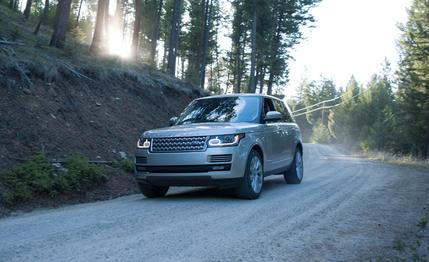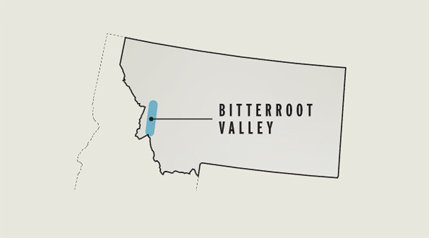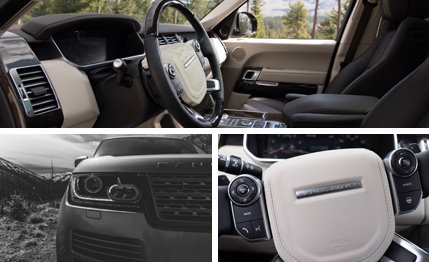
 Instrumented Test
Instrumented Test
By September 1805, the Lewis and Clark expedition, en route to the Pacific, had exited their canoes and strolled into Montana’s verdant Bitterroot Valley, a 100-mile-long corridor extending from the Idaho border to present-day Missoula. Back then, the Shoshone Indians called the valley the “Waters of the Red Osier Dogwood.” Or something like that. Course, that was before they led the curious white men to a pink-flowered plant with an edible root.
From Meriwether Lewis’s diary (you may forgive his spelling): “[It] appeared to be fibrous; the parts were brittle, hard of the size of a small quill, cilindric and as white as snow throughout. [They] had a very bitter taste, which was naucious to my pallate, and transfered them to the Indians who had eat them heartily.”


A bitter root, indeed, although the expedition’s members had for months been without fresh veggies. They thus devoured whole fields of what is now known as Lewisia rediviva. Diarrhea, indigestion, and “much wind” ensued, and the men were later “so unwell that they were compelled to lie on the side of the road for some time.”
Two-hundred eight years have passed, as well as much wind, but the pink-flowered Bitterroot Valley would be still recognizable today to the Corps of Discovery. Apart from a few million-dollar summer “cottages” erected by tanned orthopedic surgeons from California, the valley yet leads to vast tracts of unmolested wilderness. And even today, the Bitterroot Mountains—whose dagger-like spires recall the Italian Alps—block all commercial access headed west.


Lewis’s heart sank. “We were entirely surrounded by those mountains from which to one unacquainted with them it would have seemed impossible ever to have escaped,” he later wrote. Historian Daniel Thorp noted: “Crossing the Bitterroots stands out as the most difficult part of their 7000-mile round trip.” Expedition members later wrote of “verry bad thickets” and “slopes nearly as steep as the roof of a house.”
Which doesn’t adequately explain why C/D’s Montana Desk is situated but a raven’s flight from where Lewis and Clark once sat calculating the size of their predicament, consoling themselves with 520 fish caught in one day. But it does explain why we felt obliged to drive a “Luxor”-hued Range Rover the full 1950 miles from Ann Arbor to judge firsthand the precise thickness of those thickets and incline of those slopes.